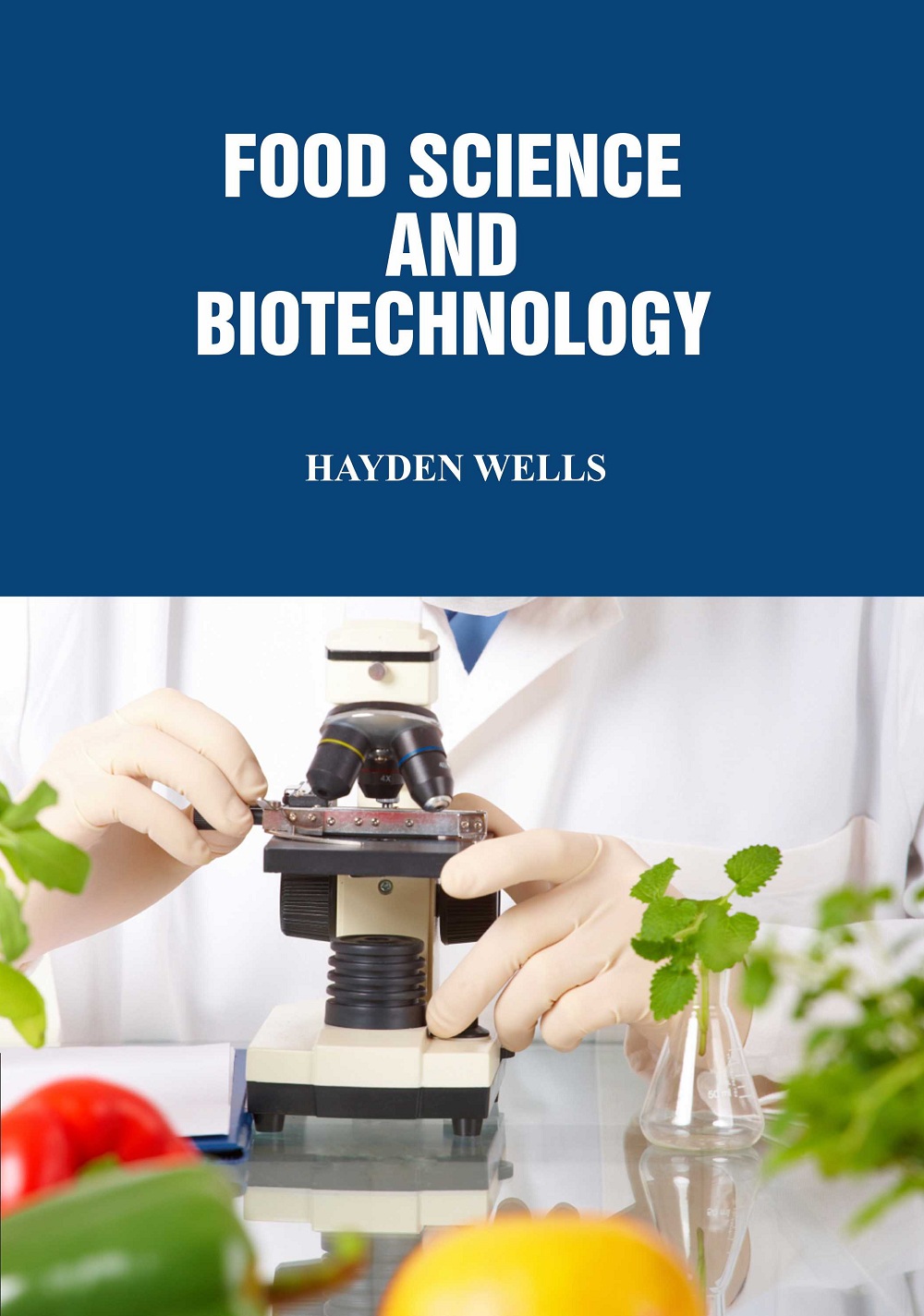Fucoidan from Myelophycus caespitosus attenuates inflammation by regulating pro-inflammatory cytokines and NF-κB signaling in LPS-induced RAW 264.7 macrophages
Abstract
In the current study, we investigated the anti-inflammatory properties of fucoidan from Myelophycus caespitosus (M. caespitosus) in LPS-induced RAW 264.7 cells. In vitro study demonstrated that celluclast-assisted hydrolysate from M. caespitosus (MCC) and its purified fucoidan fraction 6 (F6) showed significant NO inhibitory activity. In addition, F6 significantly inhibited pro-inflammatory cytokine production by downregulating the expression of iNOS, COX-2, and NF-κB-associated proteins in LPS-stimulated RAW 264.7 cells. Physical characters of F6 revealed similar FTIR patterns, showing high fucose and galactose. Concisely, it showed structural and compositional similarity with commercial fucoidan. In vivo results show that F6 treatment remarkably improved LPS-induced survival rate and heart beating rate. Additionally, F6 significantly inhibited cell death and NO production in LPS-induced zebrafish embryos. In summary, our findings suggest that MCC and its purified fucoidan F6 exhibit strong anti-inflammatory properties and could be utilized as functional ingredients in the food or functional food industries.
Graphical abstract

 求助内容:
求助内容: 应助结果提醒方式:
应助结果提醒方式:


